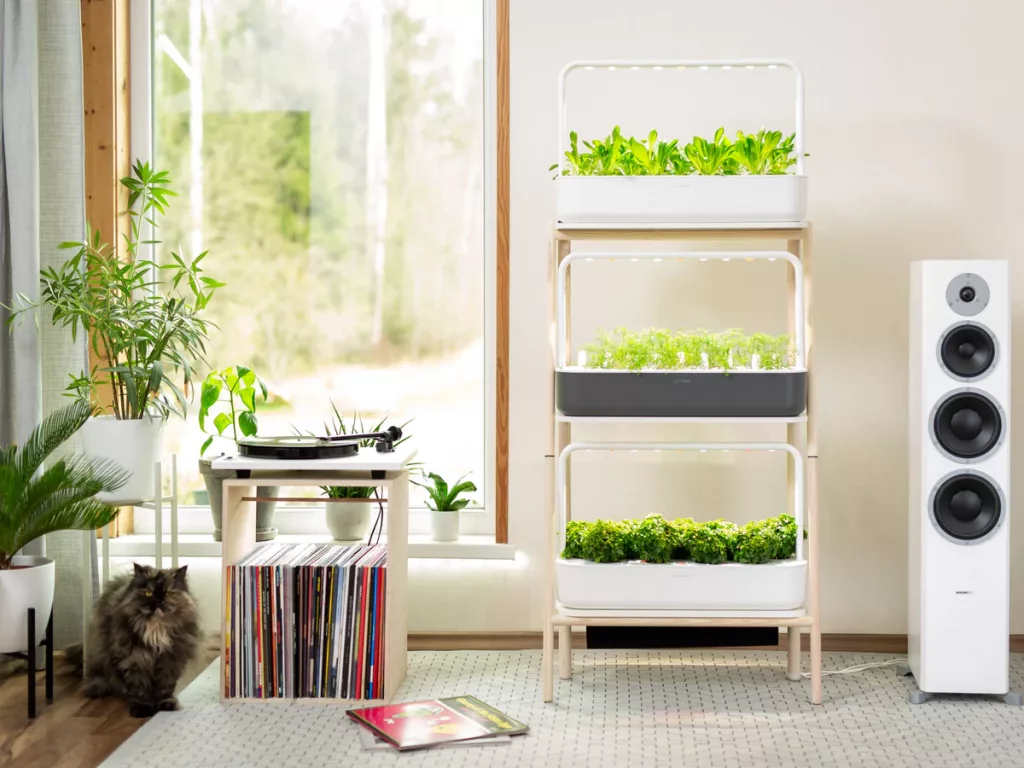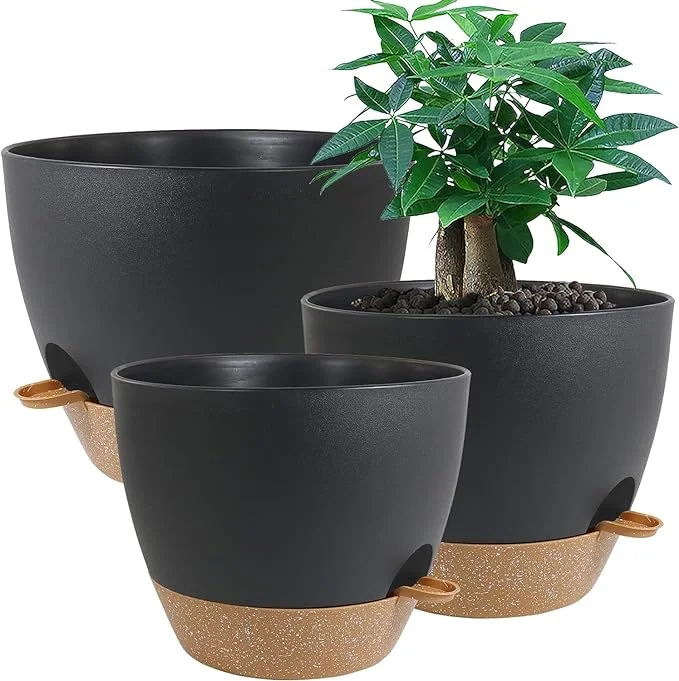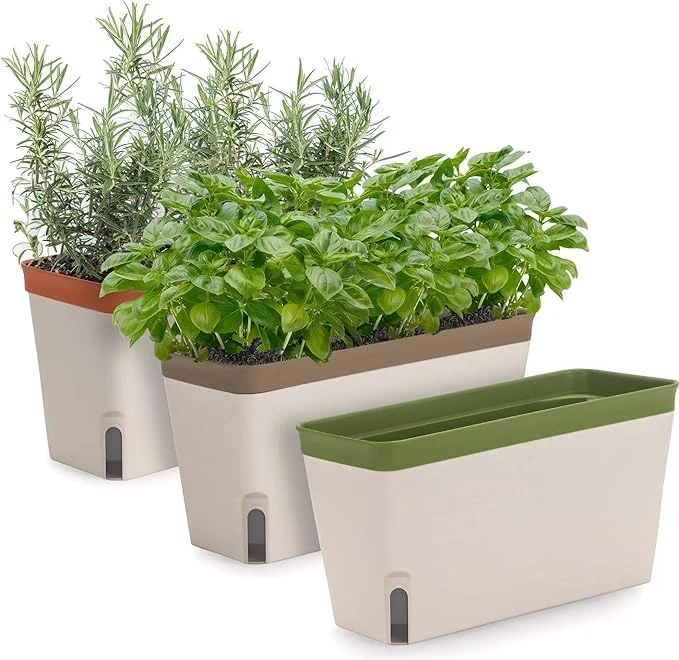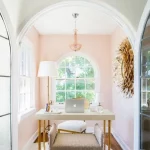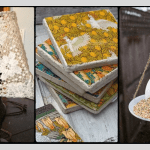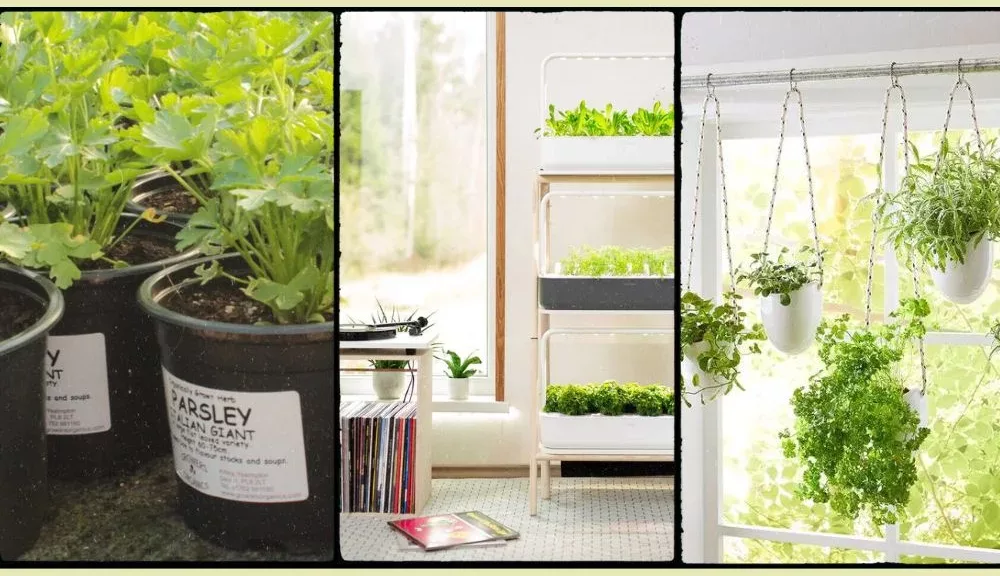
Growing Indoors: Perfect For Apartment Living
This post discovers genius ways to growing indoors
Living in an apartment comes with perks and compromises. Such as losing outdoor space to live closer to work or your favorite neighborhood.
Gardening and plants in general have been proven to be terrific stress relievers. Not to mention the potential savings and health benefits of growing your herbs, fruits, and vegetables.
Having an indoor herb garden is a great way to elevate your meals. With either a big sunny window or an indoor garden set you can grow fruits and vegetables as well.
Gardening in an apartment building comes with its own set of challenges. From a lack of balcony or outdoor space to building regulations on what can and can’t be placed outside.
Let’s look at some options for indoor gardening that work for any budget and style. For those who gravitate more toward the aesthetic and technological option to ideas grow as much fruit and vegetable as possible.
Growing Indoors: Perfect For Apartment Living
Hey there,I want to be upfront with you – some of the links on this blog are affiliate links. This means that if you click on these links and make a purchase, I may earn a small commission, at no extra cost to you. I only recommend products and services that I have personally used or believe will be of value to you.Growing Indoors Options
There are many ways to have a home garden without having an outdoor space. Growing indoors can be not only a fulfilling experience but can add a wonderful aesthetic boost to your space. Whether you have an herb garden flourishing in your kitchen or tomatoes, lettuce, and flowers in your entryway or living room.
Easiest And Best Option – Hydroponics With Click & Grow
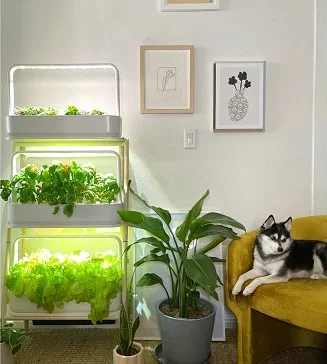
An indoor hydroponic kit is an easy and stylish option. They can produce herbs year-round as well as leafy greens, tomatoes, strawberries, salads, and of course flowers.
Click & Grow is one of the better kits. They offer starter kits and subscriptions to fit any preference and budget.
With the ability to grow 365 days a year, these sets are the easiest way to grow indoors. Once you have the garden, new plant pods can be delivered every 1 to 4 months through their subscription service.
Here are some of the most popular gardens:
Have a look and add GREENSTART15 at checkout for a 15% discount.
Growing Indoors – Find The Sunniest Space

Alternatively, opt for the traditional pot and soil. For this option place pots in front of the brightest window in your space. Basil can survive pretty well on a sunny kitchen window sill however some like dill, rosemary, oregano, and thyme like a lot of sun. So, you might need lighting for them. Herbs especially can survive for a decent amount of time indoors and even longer with at least 12 hours or so of sun every day.
Remember woody herbs like thyme and rosemary grow slowly while others like basil and dill should grow relatively quickly.
Check out this wikiHow for the best way to grow tomatoes indoors.
Buy Potted Herbs And Flowers

Fresh herbs have become very expensive recently and let’s be honest they elevate a meal. Another way to have fresh herbs is to buy potted herbs, these last well for a couple of months. Picking the oldest-growth herbs like basil and parsley could continue for months. Overall buying potted herbs is a cheaper option compared to fresh herbs.

- Eco Friendly Apartment Living: Sustainable PracticesThis post has 4 practical tips to help you create an Eco Friendly Apartment. Creating an eco friendly apartment doesn’t have to be difficult or expensive. With a few small changes, you can greatly reduce your environmental footprint, and save money while keeping your day-to-day relatively unchanged. From energy saving to waste reduction ideas, this post offers a wide range of tips and tricks to help you on your way to an eco friendly apartment. Whether you choose to implement…
- The Best Small Office Paint Ideas To Complete Your SpaceThis post has 5 of The Best Small Office Paint Ideas. Finding the right paint color for your small home office can feel overwhelming. However, by focusing on your goals for the space, that choice becomes instantly easier. With these small office paint ideas we will discover how different colors can transform your office into a calm, creative, and productive space. Instead of getting overwhelmed with choosing a specific shade, we’ll look at the impact colors have on a space….
- Easy Upcycling Ideas to Transform Everyday ItemsAre you looking for easy upcycling ideas that can transform your unwanted items into unique and beautiful home decor? You’re in the right place. Upcycling is not just a trend but a genius way to bring new life to old are unused pieces, it reduces waste and ultimately can save you money. Upcycling can be done in many different ways from reusing your old frames into herb-dying racks to turning an old chest of drawers into a bathroom vanity. However,…
- Picnic Ideas To Make The Most Of The SummerMake the most of your summer with these budget-friendly picnic ideas. As the sun shines brighter and the days are longer, there is no better way to celebrate summer than with a picnic.
- 14 Living Room Storage Ideas For Small SpacesFinding living room storage for a small space can be a nightmare. From size constraints to budget and what you do or don’t need to store in your living room. All these aspects play a role in the pieces you purchase and how you use them. From scrolling Instagram and Tik Tok you amass a never-ending collection of home decor inspiration. However, finding ways to implement these ideas seems too much. Where do I put this, where do I put…


